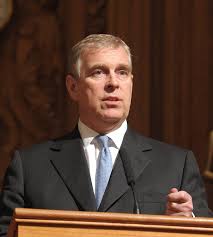Understanding Serbia: Political Tensions and Cultural Landscape

The Importance of Serbia in the Balkans
Serbia, located in Southeast Europe, plays a crucial role in the geopolitical dynamics of the Balkans. Its history, cultural depth, and ongoing political challenges make it a significant player in regional stability. Recently, developments regarding its relationship with Kosovo and the European Union have put the country in the spotlight, making it essential for global observers to stay informed about its trajectory.
Political Developments
In the past few months, Serbia has experienced heightened political tensions, especially concerning its northern neighbour, Kosovo. The government of President Aleksandar Vučić has faced criticism for its handling of ongoing dialogues with Kosovo’s authorities, particularly about normalising relations. A recent round of negotiations, mediated by the European Union, aimed to resolve long-standing disputes regarding governance, security, and the rights of ethnic Serbs living in Kosovo.
Additionally, the internal political climate in Serbia has seen protests against the government’s approach to governance, with citizens expressing their discontent over issues such as corruption and freedom of media. These protests have gathered momentum, indicating a potential shift in public sentiment that could influence future elections.
Cultural Significance and Economic Landscape
On the cultural front, Serbia is rich in traditions, art, and music, which have a significant impact both regionally and globally. The recent EXIT festival in Novi Sad, which attracted thousands of attendees from around the world, showcased the country’s vibrant music scene and is a testament to its potential as a cultural hub in the Balkans. Such events indicate the country’s ability to attract tourism, which is vital for its economy.
Furthermore, Serbia has been focusing on improving its economic landscape by attracting foreign investment. The government is working on various reforms aimed at boosting the economy, particularly in technology and manufacturing sectors. With an upward trend in GDP post-pandemic, Serbia is taking steps to stabilise its economy amidst the ongoing regional uncertainties.
Conclusion: A Nation at a Crossroads
As Serbia navigates its complex political landscape and aims for economic reform, it finds itself at a crossroads that could redefine its future. The balance between maintaining its cultural identity, fostering economic growth, and engaging in international diplomacy will be crucial in determining its path forward.
For readers, the developments in Serbia are not just significant on a regional level but also resonate with broader themes of governance, democracy, and cultural resilience in an ever-changing Europe. Keeping an eye on Serbia’s progress will be essential as the global community watches how it manoeuvers through challenges and opportunities in the months ahead.









